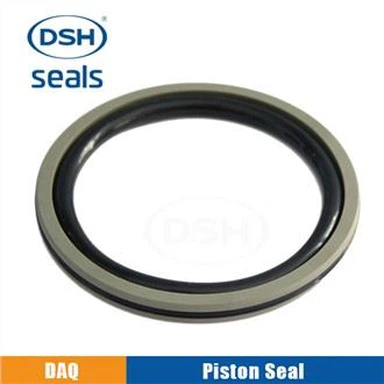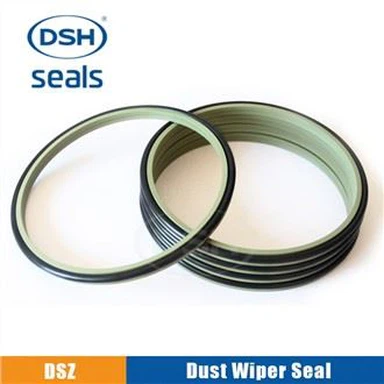Reasons For The Failure Of Petroleum Rubber Oil Seal
Mar 14, 2022
1. The rubber oil seal fails due to the pressure. In the rubber oil seal, if the pressure in the sealing pressure chamber exceeds its acceptable range, the specific pressure of the sealing end face will make it difficult for the liquid film to form better, and may even appear The phenomenon of serious wear on the end face, at the same time, will also increase the heat generation, resulting in the deformation of the rubber oil seal parts. When the working pressure fluctuates, the amount of elastic deformation and the sealing effect will have a certain negative impact, and the leakage will also change with the change of pressure.
2. Failure of rubber oil seal due to medium corrosion
First of all, the surface of the rubber oil seal will be severely corroded under the action of corrosive medium. Under the action of strong corrosion and for a long time, some sealing parts of the oil sealing machine will be penetrated, resulting in leakage. . Secondly, under the combined action of medium corrosion and pressure, the spring and metal bellows will rupture;
3. High temperature causes the rubber oil seal to fail
An important cause of the failure of the rubber oil seal is the high temperature oil pump, such as the thermal cracking of the vacuum tower bottom pump, the oil slurry pump, and the oil return pump. Under the action of dry friction, or evacuation, and the inclusion of impurities in the sealing surface, radial cracks will appear on the ring surface of the sealing surface. The graphite ring, a common component of sealing machinery, is prone to graphite carbonization, resulting in rubbing. Oil seal failed. This is mainly because the carbon-graphite ring works between minus 105 and 250 degrees Celsius. Once this temperature range is exceeded, it will be found that resin is precipitated from the surface of the carbon-graphite ring, and then under high temperature, the friction surface The surrounding resin is easily carbonized, and when there is a binder, the rubber oil seal will fail due to foaming. For some rubber auxiliary oil seals, such as fluorine rubber, all rubber and ethylene propylene rubber, if the addition exceeds the allowable temperature range, it will lose elasticity due to aging, resulting in hardening and cracking. The rubber oil seals currently used are mainly made of flexible graphite, which has the properties of high temperature resistance and corrosion resistance, but due to poor resilience, it is easy to cause brittle cracks in the external environment, causing the rubber oil seal to fail.







